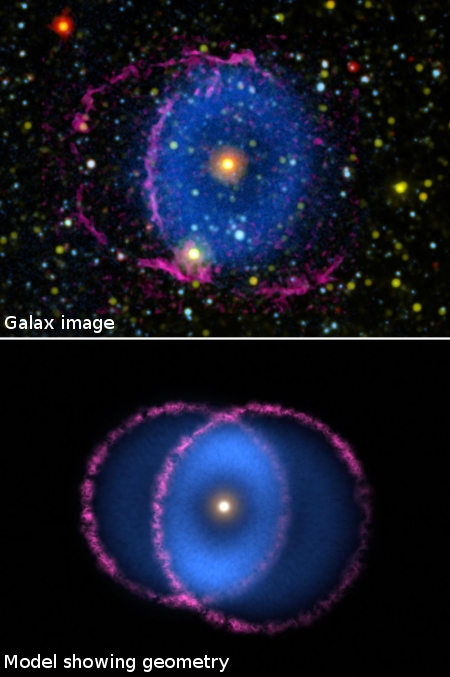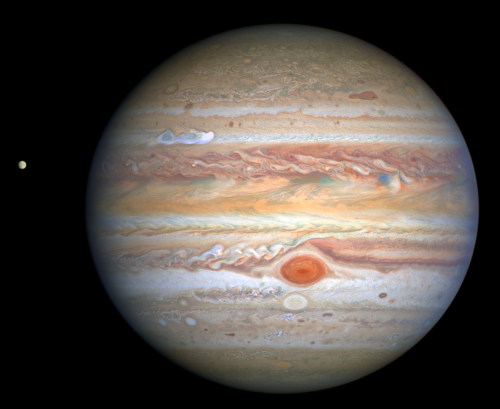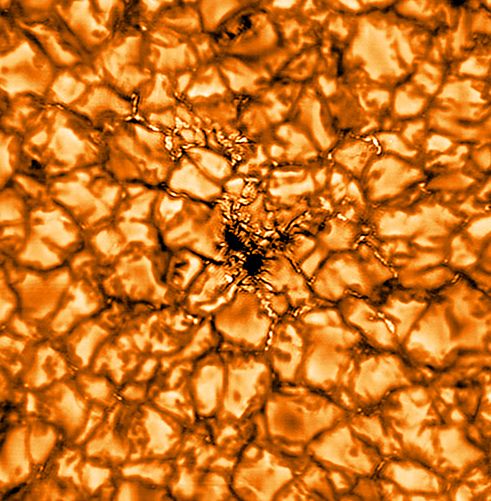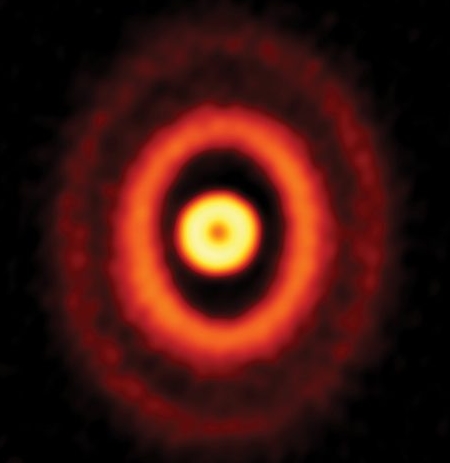Arecibo’s suspended instrument platform has collapsed onto dish
The suspended 900-ton instrument panel of the Arecibo Observatory in Puerto Rico collapsed early today, crashing down onto the radio telescope’s dish.
[Ramon Lugo, director of the Florida Space Institute at the University of Central Florida] says no one was near the dish when the platform fell. But he did not have all the details on how the structure came down. He believes it was because of a failure of one of the remaining cables connecting the platform to one of three support towers. These cables were carrying extra stress following the two previous failures. And since the Thanksgiving holiday, Lugo says, wires were breaking in these remaining cables at a rate of about one a day. He says he told NSF the structure only had a week or two remaining before it would collapse.
They plan on figuring out exactly what caused the collapse, but that is only to facilitate the planned decommissioning and removal of the telescope.
To me, this is another indicator of the arriving dark age. Earlier American generations would not only have never allowed this facility to fall into such disrepair, they would have never considered dismantling it. Instead, they would be planning how to make it bigger and better. Not today.
The suspended 900-ton instrument panel of the Arecibo Observatory in Puerto Rico collapsed early today, crashing down onto the radio telescope’s dish.
[Ramon Lugo, director of the Florida Space Institute at the University of Central Florida] says no one was near the dish when the platform fell. But he did not have all the details on how the structure came down. He believes it was because of a failure of one of the remaining cables connecting the platform to one of three support towers. These cables were carrying extra stress following the two previous failures. And since the Thanksgiving holiday, Lugo says, wires were breaking in these remaining cables at a rate of about one a day. He says he told NSF the structure only had a week or two remaining before it would collapse.
They plan on figuring out exactly what caused the collapse, but that is only to facilitate the planned decommissioning and removal of the telescope.
To me, this is another indicator of the arriving dark age. Earlier American generations would not only have never allowed this facility to fall into such disrepair, they would have never considered dismantling it. Instead, they would be planning how to make it bigger and better. Not today.




